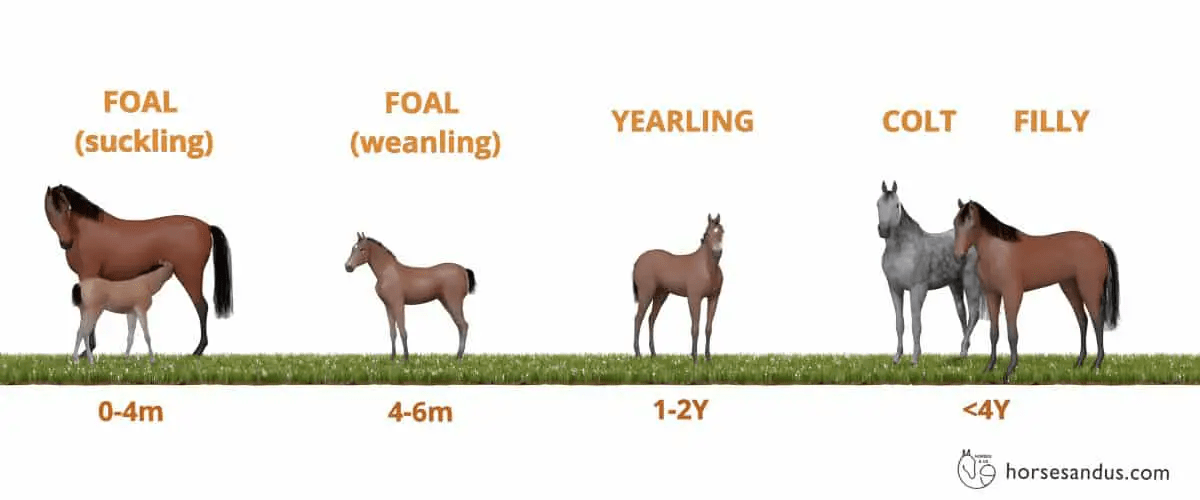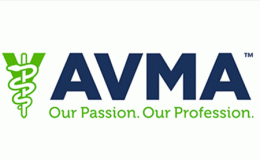Cheat Sheets Come of Age
- By : Ruben Matthews
- Category : Practices and Methods

Image from veccs.org
Reference charts in the exam room. Sticky notes tacked inside the pharmaceutical cabinet. Procedures transcribed on scratch paper and taped to a crash cart.
Sound familiar? Most clinics use these quick-reference sheets of one sort or another, whether they reference the life cycle of a flea, drug dosages or the proper ratio of bleach to water.
Their benefits are endless: They list measurements, dosages and procedures commonly used at a glance, preventing the need for veterinary technicians, doctors and staff members to take time to search out that fluid therapy calculation or look up that protocol for isolating a parvovirus case, Smith says.
Reference charts can be found anywhere in a hospital. The charts are located where staff can use them most.
Reference materials come from a range of sources, too. Textbooks, continuing education classes, veterinary conferences, drug companies and online sources provide charts in all shapes and sizes. And if the poster is too big or the material isn’t applicable, clinics will create their own charts.
Reference charts fall into four basic categories, says Smith, including reference charts for veterinarians and veterinary technicians, documented information required by state licensing boards, educational charts for the clients and take-home illustrations that remind pet owners how to care for their pets’ infected ear canal or parasite infestation.
Charts for Staff Use
Generally, in-house reference charts speak a language understood only by the staff, Smith says. Emergency medical care, drug formularies, fluid therapy calculations and normal blood range values are posted beyond the exam room door.
If wall space is an issue, binders are an option, Smith says. As many clinics move toward a streamlined look, these area-by-area reference guides can contain a wealth of charts, protocols and procedures. Specialty practices, such as radiation or chemotherapy hospitals, also benefit from reference charts, either posted or in binder form, says Smith.
The documentation is in place, and the same protocols are being followed, even if a relief veterinarian is filling in.
Charts for Client Use
For the patients and their owners, informational and educational charts help veterinarians and technicians illustrate diagnoses, treatments and procedures.
By using anatomical charts and graphic illustrations, technicians often bridge the gap and translate the doctor’s diagnosis into something the client can use, she says. A visual aid helps when explaining a parasite’s life cycle, too, which is a common complaint among pet owners.
Drawings and fliers that can go home with the patient are an excellent resource. One example, she says, is an anatomical chart of the ear on sheets that resemble a notepad. But these tools work only if the veterinarian or the vet tech explains the procedure, she says.



No Comments